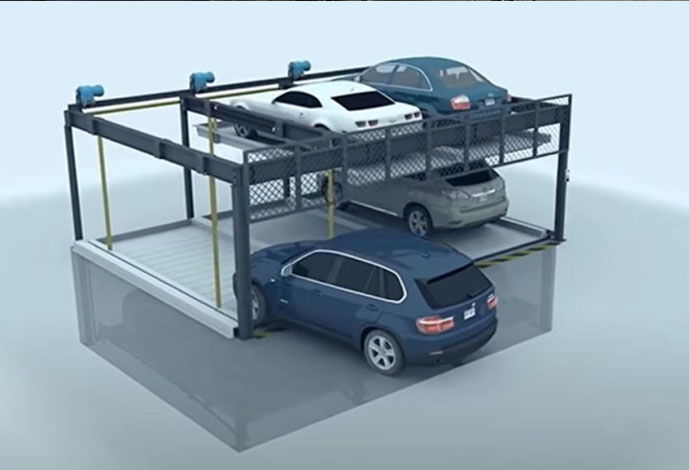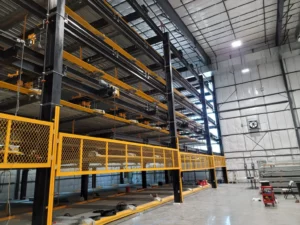The Case for Automated Puzzle Parking Machines
In the realm of urban development, space is a coveted commodity. Nowhere is this more evident than in the construction of multifamily buildings where every square foot counts. Traditional parking solutions often eat up valuable real estate, leaving developers facing tough choices between maximizing living space or accommodating parking needs. However, there exists a game-changing solution: automated puzzle parking machines.
These marvels of engineering offer a cost-effective and space-efficient alternative to conventional parking structures. At first glance, the initial investment in automated puzzle parking machines might seem daunting, with costs ranging from $12,000 to $26,000 per space. However, when considering the long-term benefits and savings, their value becomes abundantly clear.
One of the primary advantages of automated puzzle parking machines is their ability to maximize space utilization. Unlike traditional parking structures that require generous driving aisles and ample ground space, puzzle parking systems can accommodate multiple vehicles within a compact footprint. Picture this: in the same space required for just six conventional parking stalls, a puzzle system can effortlessly support up to sixteen spaces. This efficiency not only optimizes land use but also translates to significant cost savings in terms of construction and real estate expenses.
Furthermore, the scalability of automated puzzle parking machines offers developers unparalleled flexibility. As the demand for parking fluctuates, these systems can be easily expanded or reconfigured to meet evolving needs. This adaptability ensures that parking solutions remain aligned with the dynamic nature of urban environments, mitigating the risk of overbuilding or underutilization.
Beyond their spatial efficiency and scalability, automated puzzle parking machines boast additional benefits that enhance their appeal. These systems reduce the need for costly excavation and structural support, simplifying the construction process and accelerating project timelines. Moreover, they promote eco-friendly practices by minimizing the carbon footprint associated with traditional parking structures.
In essence, the adoption of automated puzzle parking machines represents a paradigm shift in urban planning and development. By harnessing innovative technology, developers can optimize land use, reduce construction costs, and enhance the overall livability of multifamily buildings. As cities continue to grapple with the challenges of urbanization, embracing transformative solutions like automated puzzle parking machines is not just a choice—it’s a necessity.
In conclusion, the case for automated puzzle parking machines is compelling. Their ability to maximize space, streamline construction processes, and adapt to changing needs makes them a wise investment for developers seeking sustainable and efficient parking solutions. As we look towards the future of urban development, let us embrace innovation and pave the way for smarter, more resilient cities.




